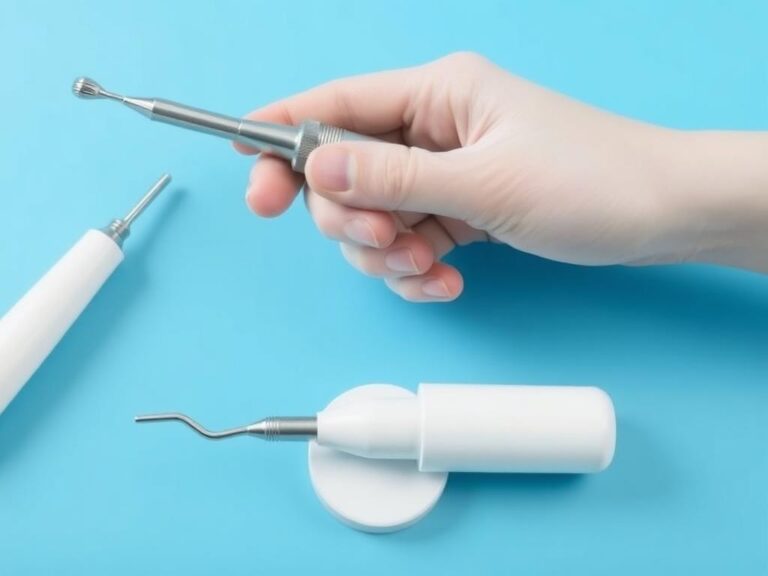-
Nanyuan Industrial Zone, Nanhai Hi-Tech Zone, Foshan
how do you prepare a high-speed handpiece for sterilization
Custom Massage: How Do You Prepare a High-Speed handpiece for Sterilization?
I. Introduction
The dental industry relies heavily on high-speed handpieces, which are a crucial tool for performing various dental procedures. However, the use of these handpieces can also pose a risk of contamination and infection if not properly sterilized. In this article, we will explore the steps to prepare a high-speed handpiece for sterilization, ensuring a safe and hygienic environment for patients.
II. Importance of Sterilization
Sterilization is a vital step in maintaining a clean and hygienic environment in the dental clinic. High-speed handpieces, in particular, require proper sterilization to prevent the spread of infections and diseases. Failure to sterilize these handpieces can result in serious consequences, including patient injuries and even death.
III. Preparing the Handpiece for Sterilization
Before sterilizing a high-speed handpiece, it is essential to prepare it correctly. Here are the steps to follow:
Step 1: Remove the Handpiece-Smooth Torque Set
Remove the handpiece-smooth torque set from the handpiece, as this can prevent proper sterilization.Step 2: Clean the Handpiece
Use a soft-bristled brush and mild soap to clean the handpiece, paying particular attention to the crevices and areas around the margins.- Step 3: Rinse the Handpiece
Rinse the handpiece thoroughly with sterile water to remove any soap residue.
IV. Sterilization Methods
There are various methods for sterilizing high-speed handpieces, including:
Autoclaving
Autoclaving uses high-pressure steam to kill bacteria and other microorganisms. This method is effective for sterilizing handpieces, but it can also damage certain materials.Ethylene Oxide (Eto) Gas
Eto gas is a chemical gas used to sterilize handpieces. This method is effective, but it can be hazardous if not handled properly.- Pulsed Xenon Ultraviolet (Uv) Light
Pulsed xenon UV light is a non-invasive method that uses UV light to kill bacteria and other microorganisms.
V. Tips for Effective Sterilization
To ensure effective sterilization, it is essential to follow these tips:
Use the Right Concentration of Sterilant
Use the recommended concentration of sterilant to ensure proper sterilization.Use a Sterilization Cycle
Use a sterilization cycle that is compatible with the handpiece material.- Monitor the Sterilization Process
Monitor the sterilization process to ensure it is working correctly.
VI. Conclusion
In conclusion, preparing a high-speed handpiece for sterilization is a crucial step in maintaining a clean and hygienic environment in the dental clinic. By following the steps outlined in this article, you can ensure that your handpieces are properly sterilized, reducing the risk of contamination and infection.
Frequently Asked Questions
Q: What is the best method for sterilizing high-speed handpieces?
A: The best method for sterilizing high-speed handpieces depends on the type of handpiece and the material it is made of. Autoclaving and Eto gas are effective methods, but pulsed xenon UV light is a non-invasive and safe option.Q: How often should high-speed handpieces be sterilized?
A: High-speed handpieces should be sterilized after each use, or at least once a day.Q: What is the recommended temperature for autoclaving high-speed handpieces?
A: The recommended temperature for autoclaving high-speed handpieces is 134°C (273°F).Q: Can high-speed handpieces be sterilized with hydrogen peroxide?
A: No, high-speed handpieces should not be sterilized with hydrogen peroxide, as it can damage the materials used in their construction.- Q: How do I know if my high-speed handpiece is properly sterilized?
A: You can check if your high-speed handpiece is properly sterilized by monitoring the sterilization process and using a sterilization indicator tape or strips.




